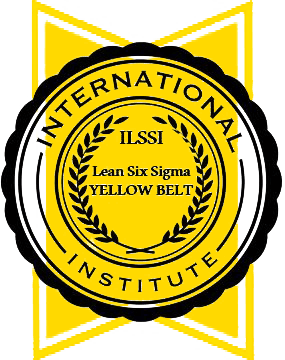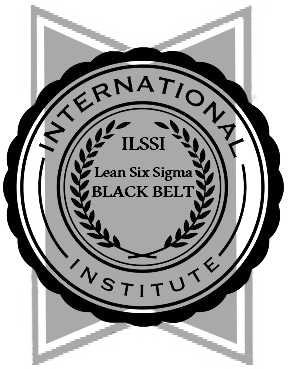This option is particularly useful for managing excess demand and providing liquidity in the market. It also helps in stabilising the price of the shares post-listing, ensuring a smoother entry into the market for the AIF. They can purchase additional shares at the offering price if needed, avoiding potential losses in case the market price exceeds the offering price. The underwriter, using the green shoe option, can sell an extra 15 lac shares at the same ₹200 price. If investors show more interest than anticipated, the underwriter can use these extra shares to meet the demand.
SEC Regulations on Overallotment
First, consider investors who may be eager to buy shares during the IPO or shortly after it goes public. With a greenshoe option, underwriters have the power to sell additional shares to meet high demand, ensuring more shares are available for interested buyers and preventing price spikes due to excessive demand. This can lead to a smoother transition from an IPO’s private placement phase to its public trading phase, benefiting both the issuing company and investors. The Green Shoe Option, also known as the overallotment option, is a provision that allows underwriters to sell additional shares in an initial public offering (IPO) if there is high demand from investors. This option helps stabilize the stock price during the early trading days and ensures that the underwriters can meet the demand for shares without putting excessive pressure on the market.
Q. How does the greenshoe option benefit the company?
Over the years, the greenshoe option has evolved into a common feature in modern IPOs and plays a vital role in ensuring the success of the offering. The greenshoe option means the extraordinary advantage of permitting the underwriter to buy back the shares at the offer price. For example, suppose the price reduces below the offered price, then the underwriter repurchases the shares at the market price.
Why It’s Called “Greenshoe”?
They usually execute this option when the demand drops or to stabilise the price when it becomes volatile. In these scenarios, the underwriter purchases the shares and sells them back to the issuer at a higher price. Under the full greenshoe option, the underwriter exercises their option to repurchase the entire 15% shares from the company.
- The underwriters buy additional shares, less than 15% of the issue size, from the company and sell them in the stock market to control excess demand.
- This case study emphasizes the importance of careful planning and foresight in utilizing the Green Shoe option to maximize returns.
- After this period, the company or underwriters cannot use it to manage share prices.
- Applications received from retail, HNI, non-institutional and institutional applicants will be considered as applied against NCDs offered in their respective categories.
- The greenshoe option is a special clause used in an underwriting agreement prepared in the US wherein the underwriter is under no more restrictions to sell the planned number of shares.
- An excellent example of the Green Shoe Option’s effectiveness can be seen in the IPO of Alibaba Group Holding Limited in 2014.
ATTENTION INVESTORS:
For the issuing company, it provides a safety net, ensuring that the share price will not fall dramatically after the IPO. For the underwriters, it allows them to increase their earnings by selling more shares than initially planned. In India, the green shoe option allows underwriters to sell up to 15% more shares than the number initially planned during an IPO. In an IPO, a Greenshoe option allows underwriters to issue up to 15% more shares than initially planned, ensuring the stock price remains stable by adjusting supply based on demand. After a company launches an IPO, underwriters check if the prices of already purchased IPO shares do not fall below its offer price. With this option, underwriters buy 15% additional shares from the IPO issuing company.
- For example, suppose a company sets its IPO price at $20 per share, and the underwriters exercise the Green Shoe Option to purchase an additional 10% of the IPO shares.
- The term “greenshoe” derives from the Green Shoe Manufacturing Company, now known as Stride Rite Corporation.
- The purpose of the greenshoe option is to provide stability to the stock price in the event of increased demand for the shares after the IPO.
- Additionally, issuers should consider the dilution effect of selling additional shares and assess the potential impact on existing shareholders.
- Now, let’s say many investors want to buy ABC’s shares, more than what ABC initially planned to sell.
They typically exercise this option when demand declines or to maintain a stable price when it increases or decreases. The investment bank decides to exercise the greenshoe option and sell an additional 1.5 million shares, bringing the total number of shares sold to 11.5 million. The investment bank purchases the 1.5 million green shoe option meaning additional shares from the issuer, XYZ, at the original offer price of $20 per share, giving XYZ additional capital. The greenshoe option gives the underwriters the right to issue and sell more shares than originally planned by the issuer.
How many types of Greenshoe options are there?
A Greenshoe option loan refers to a financial arrangement where underwriters can borrow shares from the issuing company, allowing them to sell more than the initial shares offered during the IPO. The green shoe option is a vital mechanism for stabilising stock prices during an IPO. It empowers underwriters to manage market dynamics efficiently, ensuring a smooth transition for newly listed securities.
What are the types of greenshoe options?
Greenshoe options have been a contentious issue among regulators, with ongoing debates regarding their necessity, impact on the secondary market, and potential reforms. The Securities and Exchange Commission (SEC) has maintained its stance that greenshoe options are necessary to provide price stabilization measures in IPOs. However, some argue that alternative methods like market-making could offer similar benefits without potentially distorting secondary market efficiency. Regardless, the debate remains ongoing as regulators, issuers, and investors grapple with balancing price stability, liquidity, and market efficiency when bringing securities to public markets. Understanding these advantages and disadvantages can help investors make informed decisions about participating in an IPO and navigating the secondary market post-IPO. Greenshoe options are a valuable tool for both issuers and underwriters in managing an IPO’s aftermarket performance.
The Greenshoe option offers retail investors an exit window for instances if they are not happy with the stocks’ volatility. This option also ensures investors that stock prices will be relatively stable. As companies continue to seek opportunities in the public markets, the green shoe option will remain a key player in their success stories. The Greenshoe option helps stabilize the stock price and protects investors from extreme price fluctuations. Uber – Because of the extreme market volatility in 2019, Uber’s underwriter used the full Greenshoe option to stabilize the share after listing.
In each case, the green shoe option proved to be a valuable tool in managing stock price stability and addressing the challenges of volatile markets during these significant IPOs. It allowed underwriters to respond effectively to fluctuating demand, ultimately benefiting both the companies going public and the investors participating in these landmark offerings. Back in September 2014, Alibaba made history by going public in what was the largest IPO ever at the time. To address market volatility, the underwriters exercised the green shoe option, buying an extra 48 million shares from the company. This move brought the total number of shares sold to 320 million and played a crucial role in stabilising the stock price during the tumultuous market conditions.
While the option provides some level of protection against extreme price fluctuations, it does not guarantee a fixed price. Understanding the dynamics of the over-allotment mechanism and conducting thorough research on the issuing company can help investors make more informed decisions. The Green Shoe Option was first introduced by the Green Shoe Manufacturing Company back in the 1960s. The company, which is now known as Stride Rite Corporation, implemented this provision to stabilize its stock price after going public. The name “Green Shoe” was derived from the company’s name and has since been used to refer to this provision in IPOs. Compliance ensures that the exercise of the greenshoe option is conducted ethically and in accordance with market standards.
When considering the use of the Green Shoe Option, issuers and underwriters should keep a few key tips in mind. Firstly, it is crucial to carefully assess market conditions and investor demand to determine the appropriate size of the Green Shoe Option. Over-allotment can lead to dilution and potential losses if the market does not support the additional shares.















